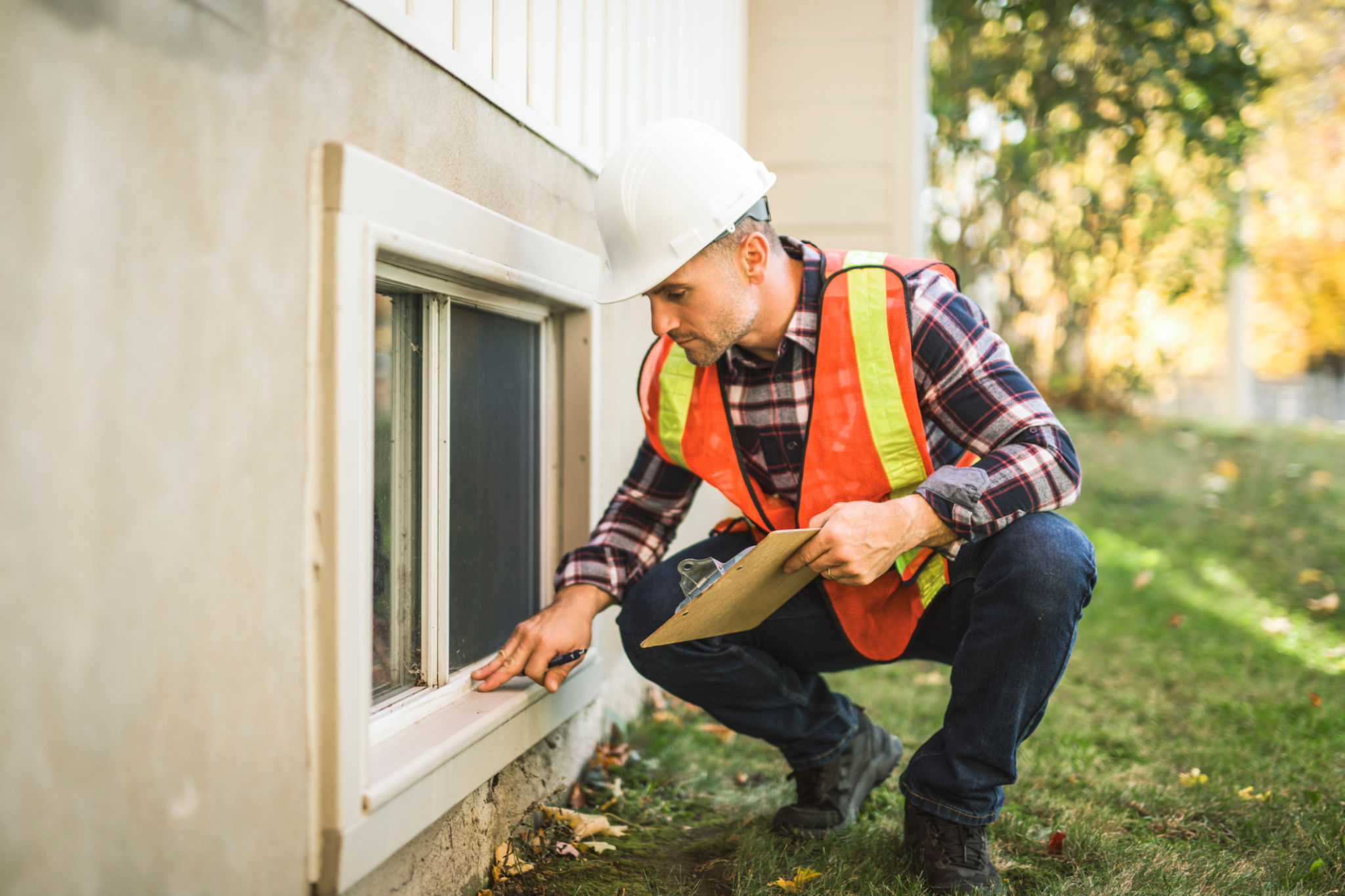DIY Home Inspection Tips: What to Look for Before the Professionals Arrive
Understanding the Importance of a DIY Home Inspection
Before calling in the professionals for a home inspection, conducting a preliminary DIY inspection can be a valuable step. This process not only familiarizes you with the property but also helps identify any glaring issues that might need immediate attention. By doing this, you can address minor problems yourself and be better prepared for discussions with professional inspectors.
A DIY inspection is especially beneficial for potential homebuyers or those preparing their homes for sale. It allows you to get a general sense of the property's condition and possibly even negotiate better terms based on your findings. Let’s delve into the key areas you should focus on during your DIY inspection.

Exterior Examination
Roof and Gutters
Begin your inspection by examining the roof and gutters. Look for missing or damaged shingles, as these can lead to leaks and water damage over time. Ensure that gutters are securely attached and free of debris, allowing for proper drainage.
Foundation and Siding
Next, inspect the foundation for cracks or signs of shifting. Small cracks are usually not a concern, but larger ones could indicate structural issues. Check the siding for any signs of wear, rot, or damage that could compromise the home's protection against the elements.

Interior Inspection
Walls and Ceilings
Inside the house, pay close attention to walls and ceilings. Look for stains, which could indicate water damage or mold. Any cracks in the plaster or drywall could suggest settling issues that might need professional evaluation.
Floors and Windows
Examine floors for unevenness or sagging, which might point to underlying structural problems. Ensure windows open and close properly and check for drafts or broken seals that could affect energy efficiency.

Plumbing and Electrical Systems
Plumbing Fixtures and Pipes
Check all plumbing fixtures, including faucets, toilets, and showers, for leaks or signs of corrosion. Test water pressure and inspect visible pipes for discoloration or moisture that could indicate a leak.
Electrical Outlets and Panels
Inspect electrical outlets for damage or signs of overheating. Ensure that the electrical panel is labeled correctly and free of rust or other damage. If you are unsure about the electrical system's condition, it is always best to consult a professional electrician.

The Benefits of a Thorough DIY Inspection
Conducting a DIY home inspection can save you time and money by highlighting issues you might address before a professional review. It also provides peace of mind by ensuring that your home is in good condition or by identifying areas needing improvement.
Remember, while a DIY inspection is useful, it does not replace a professional evaluation. Professionals have the expertise and tools to identify problems that might not be visible to the untrained eye. However, your preliminary inspection can make their job easier and more efficient.

